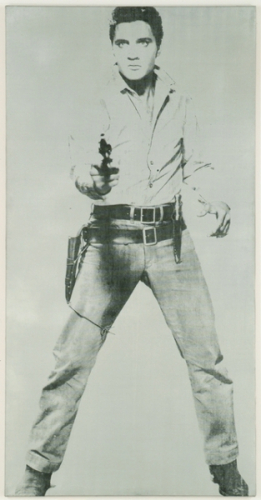After studying in Lisbon and a staying in Munich for a while, the Portuguese artist lived in Paris from 1958 to 1983. Her art is associated with Nouveau Réalisme and pop art. It was in the 1960s that she discovered her main subject, the shadow, which can represent both something and its absence. It is a great way of capturing the fleetingness of the moment, its transience. In addition to traditional silkscreen and paper collages, her silhouette works are made with materials or techniques that were uncommon until then, such as embroidery on sheets. In 1964, she discovered Plexiglas, then only used by scientists, which seemed to her as insubstantial as shadow. It is translucent, but it has a shadow. She made cut-outs, painted them, silkscreened them: “I lifted my shadows from the shadows. I gave them colours, a life of their own”, the artist writes of her Plexiglas works. In her works, she depicts the shadows of friends and acquaintances in everyday activities, often capturing intimate moments of love, as in the work shown here, which was included in an exhibition in 1974 under the title The Kiss. Anna Bálványos

